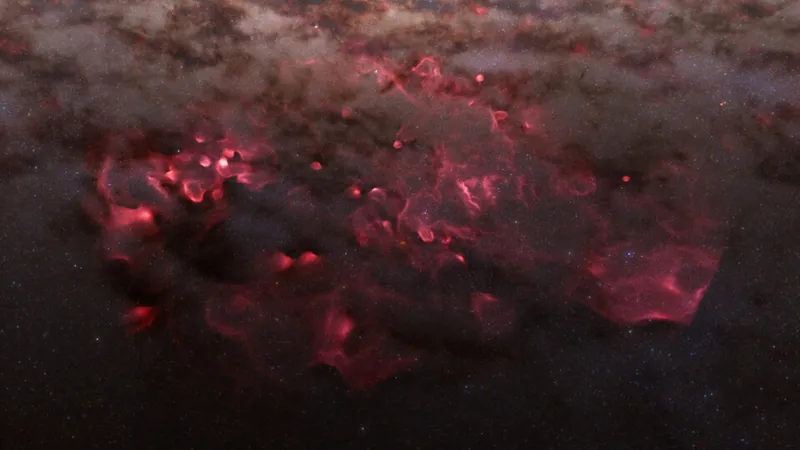
Soaring Through Cosmic Cradles: The Stunning 3D Map of Milky Way's Stellar Nurseries
2025-09-19
Author: Jacques
Astronomers Unveil a Groundbreaking 3D Map of Star-Forming Regions
Get ready to be awed! Astronomers have just launched the most intricate 3D map ever of the stellar nurseries nestled within our Milky Way galaxy. This revolutionary view was crafted using cutting-edge data from the European Space Agency's Gaia space telescope.
A Flyby Through Our Cosmic Neighborhood
For the first time, viewers can embark on a virtual flyby through these radiant nursery sites, which are typically shrouded in dense clouds of gas and dust, making their true distances hard to measure. This mesmerizing new video takes you deep into the heart of where new stars are born right in our cosmic backyard.
Revolutionary Insights from Gaia
Lewis McCallum, an astronomer from the University of St. Andrews and lead author on two groundbreaking studies, states, "Gaia offers the first accurate perspective of our section of the Milky Way as seen from above." He emphasizes the model’s fidelity: "There has never been a distribution model of the ionized gas that aligns so closely with observations from other telescopes." This precision gives us confidence that the 3D representation is a reliable look into these cosmic clouds.
Mapping the Milky Way: A Stellar Achievement
This astonishing map stems from Gaia’s observations of around 44 million ordinary stars alongside 87 rare, massive O-type stars, known for their brightness and youth. The map spans an impressive 4,000 light-years from our sun and includes iconic locations like the Orion-Eridanus superbubble, the Gum Nebula, and the California and North America nebulae.
Unlocking the Mysteries of Star Formation
By analyzing how interstellar dust obstructs starlight—termed extinction—astronomers can pinpoint both the location and density of these dust clouds. Paired with data from O-type stars, whose intense ultraviolet radiation illuminates nearby hydrogen gas, researchers have unveiled the intricate shapes, cavities, and relative positions of the Milky Way's star-forming regions in stunning 3D.
Massive Stars: Catalysts of Transformation
But there’s more! The map also reveals how massive stars dramatically reshape their surroundings, showcasing cavities where dust clouds seem to burst open, releasing streams of gas into the cosmos. These features starkly illustrate how powerful stars can incite fresh waves of star formation, all while transforming the galactic landscape.

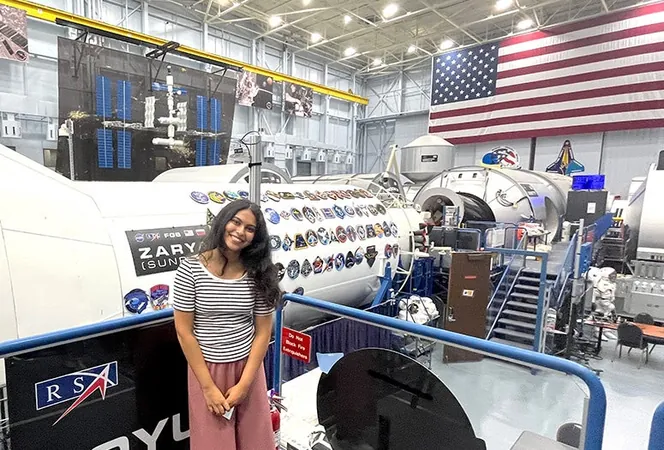
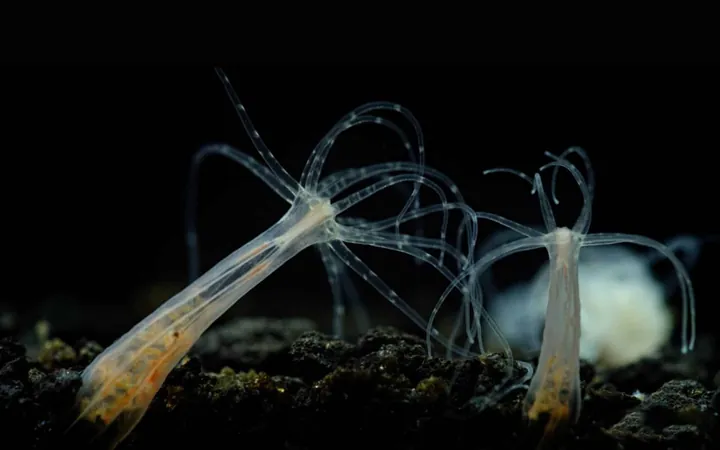

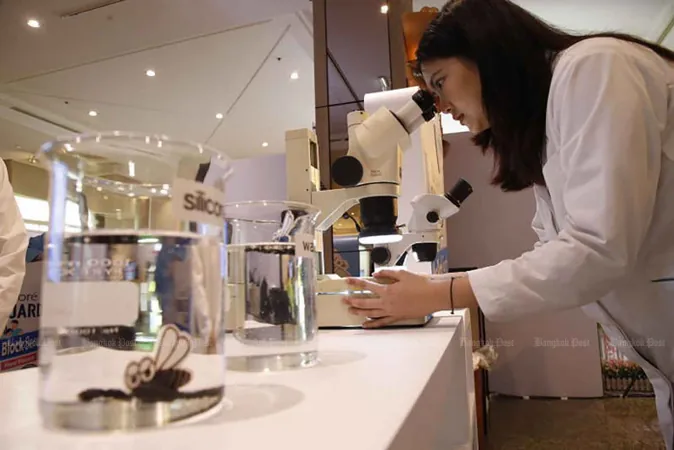
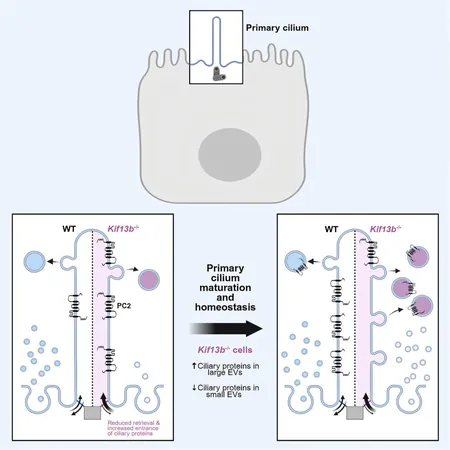



 Brasil (PT)
Brasil (PT)
 Canada (EN)
Canada (EN)
 Chile (ES)
Chile (ES)
 Česko (CS)
Česko (CS)
 대한민국 (KO)
대한민국 (KO)
 España (ES)
España (ES)
 France (FR)
France (FR)
 Hong Kong (EN)
Hong Kong (EN)
 Italia (IT)
Italia (IT)
 日本 (JA)
日本 (JA)
 Magyarország (HU)
Magyarország (HU)
 Norge (NO)
Norge (NO)
 Polska (PL)
Polska (PL)
 Schweiz (DE)
Schweiz (DE)
 Singapore (EN)
Singapore (EN)
 Sverige (SV)
Sverige (SV)
 Suomi (FI)
Suomi (FI)
 Türkiye (TR)
Türkiye (TR)
 الإمارات العربية المتحدة (AR)
الإمارات العربية المتحدة (AR)